Since the Muslim period, the defence of Al-Andalus became a primary objective and that is the reason why castles were built in fortifications located in strategic places. Most of them are over six centuries old, witnesses of the Middle Ages, built by the Arab population to defend themselves from the Christians fighting for the Reconquest. These fortresses or castles have survived to the present day as living witnesses of that exciting period.
The different recommended routes through the castles of the province of Seville promote the valuable architectural and historical legacy of these jewels located in numerous towns of the province and that centuries ago were meeting places for cultures, centres of trade and transmission of knowledge, as well as defensive enclaves, inherited from the recent Muslim past, reformed or rebuilt in some cases after the Christian reconquest.
In this way, the route will take us to know the defensive fronts known as the “Galician band”, which runs through the north of the province in order to control any incursion into it from the kingdom of Portugal, as well as the “Moorish band”, located on the south of the territory and which defended the border with the Nasrid kingdom.
To discover everything that the province of Seville has to offer in relation to this theme, four different routes are proposed. These are geographically close and related to the two defensive fronts mentioned above: the Galician band and the Moorish band.
Enjoy this proposal that combines the discovery of this interesting architectural and historical legacy with the tradition, idiosyncrasy and unique characteristics of our towns.
ROUTE I: runs through several towns in the north of the province of Seville belonging to the Galician band.
Castle of La Puebla de los Infantes
Located in the highest part of the town, the Castle was built in the mid-14th century and is considered of Christian typology. In a Gothic-Mudejar style, its walls were used as quarries during the construction of the houses that were built in the town between the 18th and 19th centuries.
Castle of Constantina
The Caslte of Constantina is located at the foothills of Sierra Morena as it goes up from the Guadalquivir valley towards the Extremadura plateau. This fortress preserves the layout of the Almoravid period. The complex is built around a large parade ground and a large water tank which guaranteed the supply of water to the military garrison. The entrance was protected by the keep, which was bigger than the other towers and served as a security point at the entrance to the parade ground. The castle was declared an Asset of Cultural Interest in 1985.
Castle of Alanís
The castle of Alanís, located 98 km away from the capital city, is of Arab origin. It was restructured in 1392 and attacked by the French during the Napoleonic occupation. Legend has it that the castle is haunted, which makes it even more mysterious and attractive, since it is said that the young Moorish named Acsia walks along its battlements and passages. The condition of its walls, towers and battlements is good, although the interior is open-plan and several cultural activities are held there throughout the year, such as the medieval fair.
Castle of El Real de la Jara
The castle of El Real de la Jara is located in the town of the same name, in the north-western corner of the province of Seville. The castle stands on a high hill to the north of the town. Less than half a kilometre to the east of the castle is the Vía de la Plata (Silver Route). It was built under the authorisation of King Sancho IV to the Council of Seville on 4 November 1294 in order to reinforce the borders in the face of the threat from the neighbouring kingdom of Portugal and the orders of Santiago and the Temple. The enclosure has two gates and eight towers. The main gate is located in the keep and has been completely rebuilt. The castle's parade ground is currently being restored and refurbished.


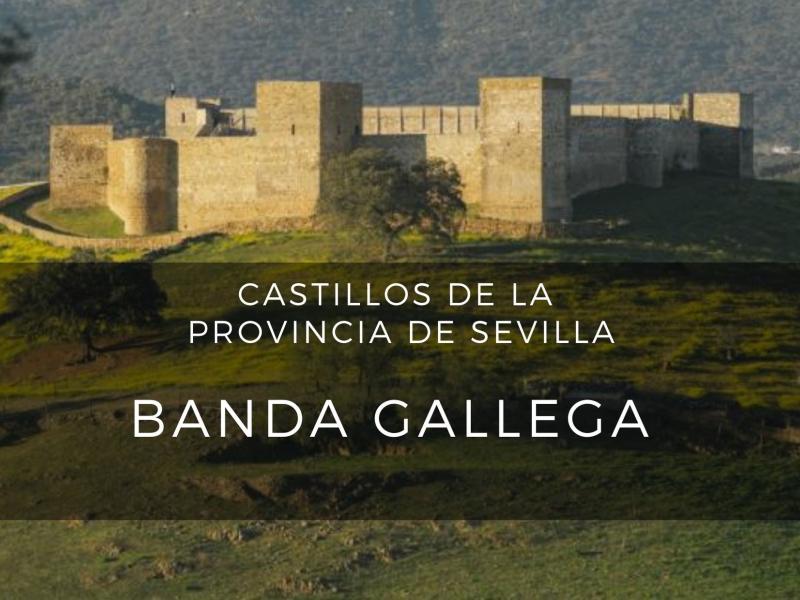
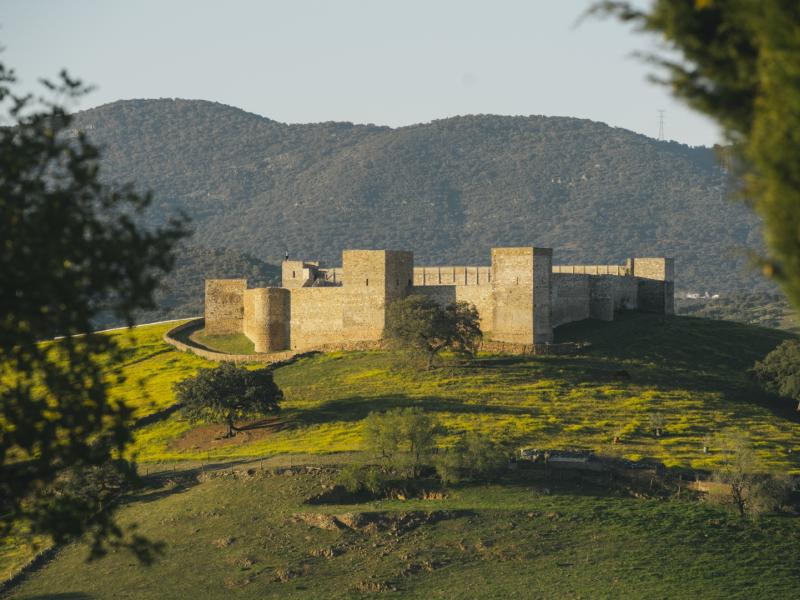
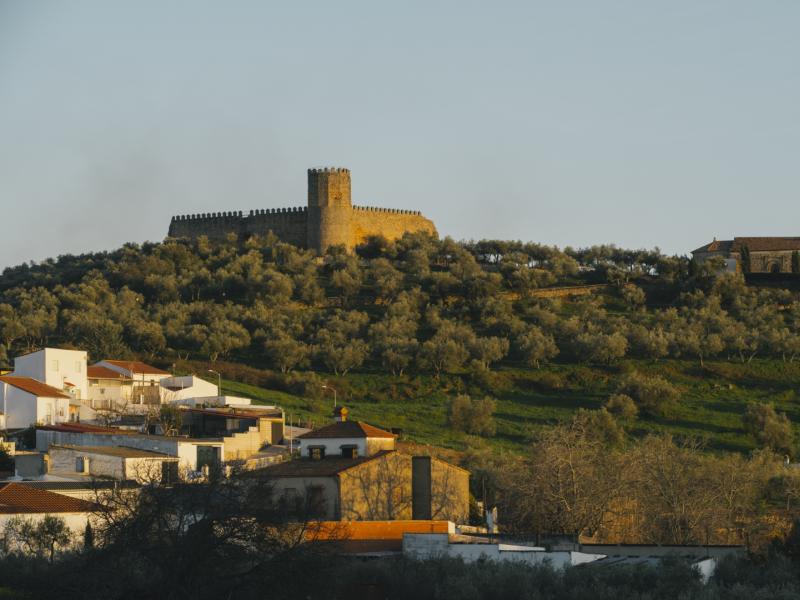
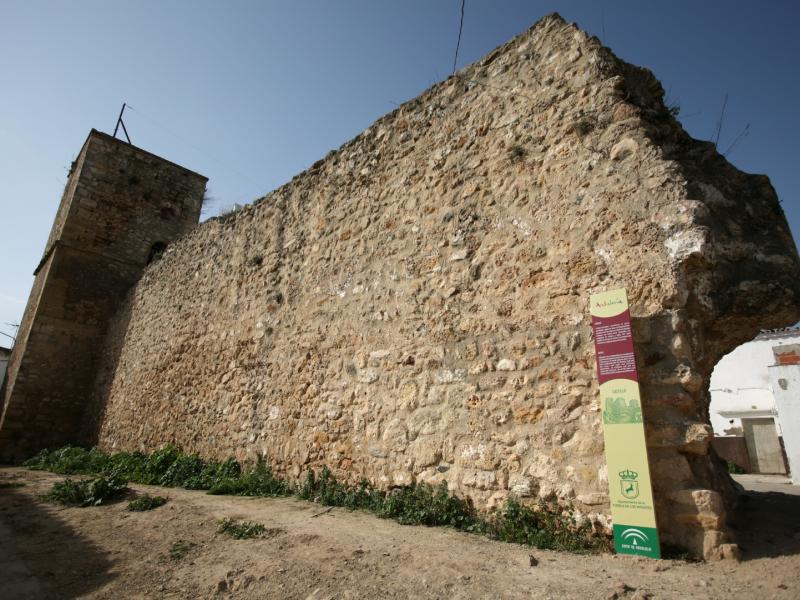
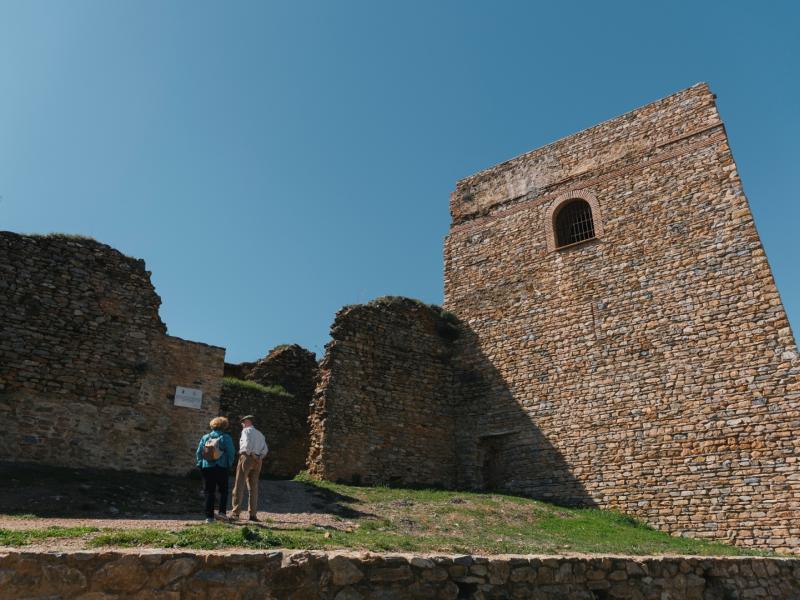
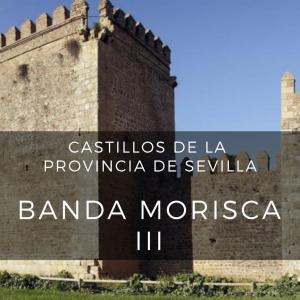
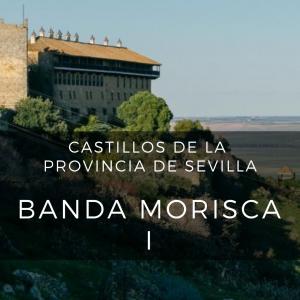
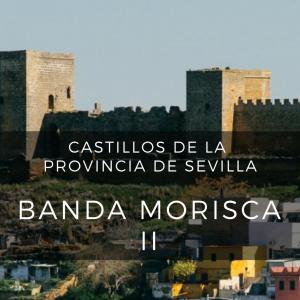

0 comments
New comment
The comments are moderated, so it takes a while to appear. If they contain offensive language they will not be published.